Step into Unit 3: Mechanical Waves, to see how
a lesson would unfold in Bring Science Alive!
Unit Anchoring Phenomenon
Each unit begins with a storyline that allows students to dive deep into a real-world phenomenon. The Anchoring Phenomenon encourages students to make connections with the world around them. Students then further explore the phenomenon during the Performance Assessment.
Storyline: Las Olas Hermosas restaurant sits atop a steep cliff which is being eroded by massive winter waves. Learn about the properties of waves, wave energy, and how waves travel through different media to help write a proposal to solve Las Olas’s erosion problem.
Anchoring Phenomenon: Waves are eroding the coastline near the Las Olas Hermosas Restaurant more than the surrounding beaches.
After student watches the anchoring phenomenon video, students begin a KWL chart in the Unit Checkpoints. They generate questions for inquiry and return to answer questions charts throughout the unit.
| View it in print | How it works online |

Lesson Phenomenon
Each lesson begins with an investigative phenomenon that is used to pique students’ interest and drive instruction throughout the investigation.
Lesson 8 Phenomenon: Huge waves form at Mavericks, and scientists, surfers, and weather forecasters can predict when they will occur up to 48 hours in advance.
By the end of the lesson, students will be able to explain the phenomenon.
 |
 |
| View it in print (p. 1) | How it works online |
Three-Dimensional Lesson Investigations
Hands-on investigations allow students to take on the role of scientists and explore real-world problems. Students work in the Science and Engineering Practices by asking questions and defining problems, constructing explanations and designing solutions, and developing and using models. Students interact with the Crosscutting Concepts including Scale, Proportion, and Quantity, and Systems and System Models. Disciplinary Core Ideas are also embedded within the investigations.
In Lesson 8: Properties of Waves, students first make different kinds of waves with their bodies and compare the differences between waves. In the next investigation, they design an investigation to measure the properties of waves. Graph data and analyze patterns.
Investigation Kit
Reference Text Features
The Reference Text features considerate and engaging text with engineering content built right in. On TCI’s learning online platform, the Reference Text offers Text-to-Audio, Main Idea Viewer, Spanish translation, Student Highlighter Tool, and more. In addition, resources beyond the text are embedded in TCI’s online learning platform. This includes Check for Understanding, digital simulations, and videos that will help students investigate phenomena more meaningfully.
Explore lesson 8’s print and online Reference Text where students learn about the properties of waves.
| View it in print | How it works online |

NGSS-Designed Assessments
Each lesson includes a TCI assessment that addresses all three dimensions, uses diverse stimuli, and allows students to express understanding in multiple formats. You can use it as a formative or summative assessment to evaluate students’ ability to explain real-world data and phenomena. Want more flexibility with assessments? You can also create your own, or use shared questions from other TCI teachers.
| View it in print | How it works online |
 Engineering
Engineering
|
Throughout the program, students participate in Engineering Challenges where they think like an engineer as they solve real-world problems related to unit anchoring phenomenon. They go through the engineering design process for each challenge. In Unit 3: Mechanical Waves, students help the residents of Beach Town by researching, designing, testing, and optimizing a structure to prevent erosion of the coast and save the local highway from suffering major damage. |
Reading Further
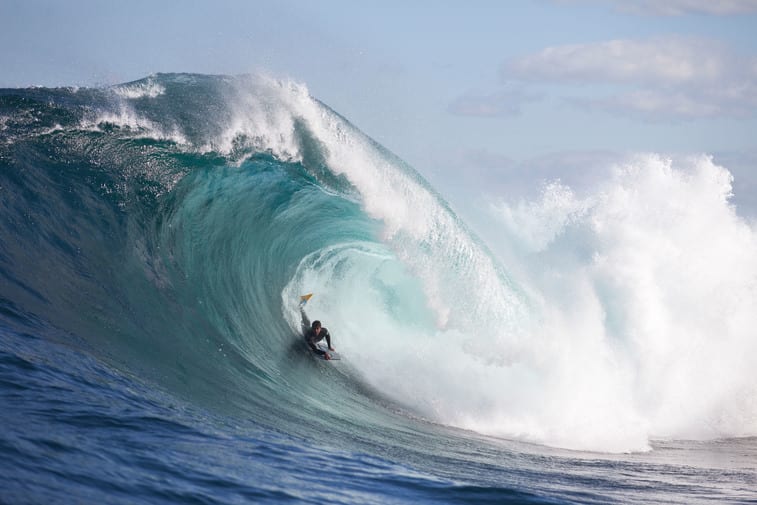
|
Reading Furthers are included in each lesson to enhance literacy and engage students with related topics. Students dive into a high-interest topic and investigate the intricacies of science. In lesson 8’s Reading Further, students learn about the science behind surfing and what surfers look for in a good wave.
|
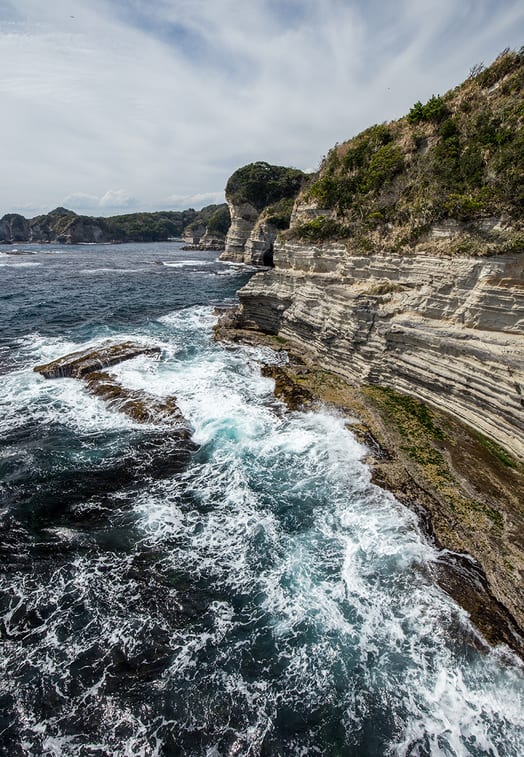
Performance Assessment
Students apply what they have learned in a hands-on Performance Assessment where they are evaluated across the three dimensions.
Unit 3 Performance Assessment: Saving the Las Olas Hermosas Restaurant
Write a proposal for an engineering solution to prevent the erosion of the cliffs near Las Olas Hermosas restaurant. Use your understanding of wave properties to explain why your proposed design will be effective.
 |
 |
| View it in print | How it works online |
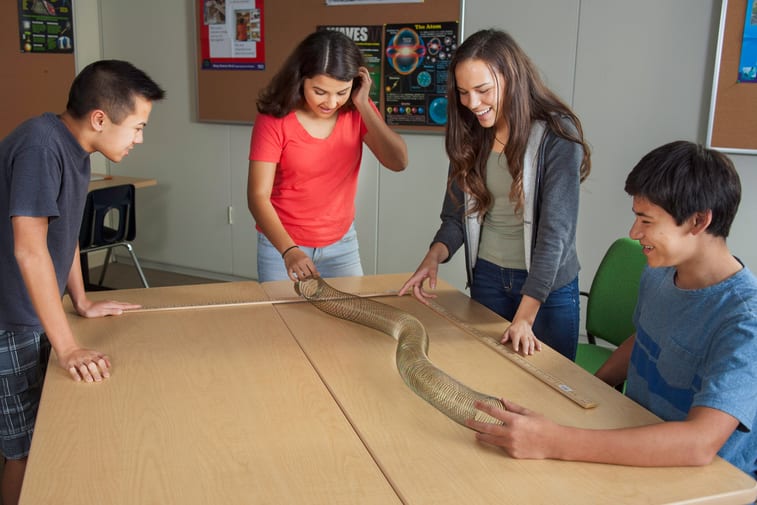
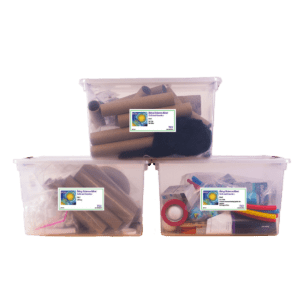
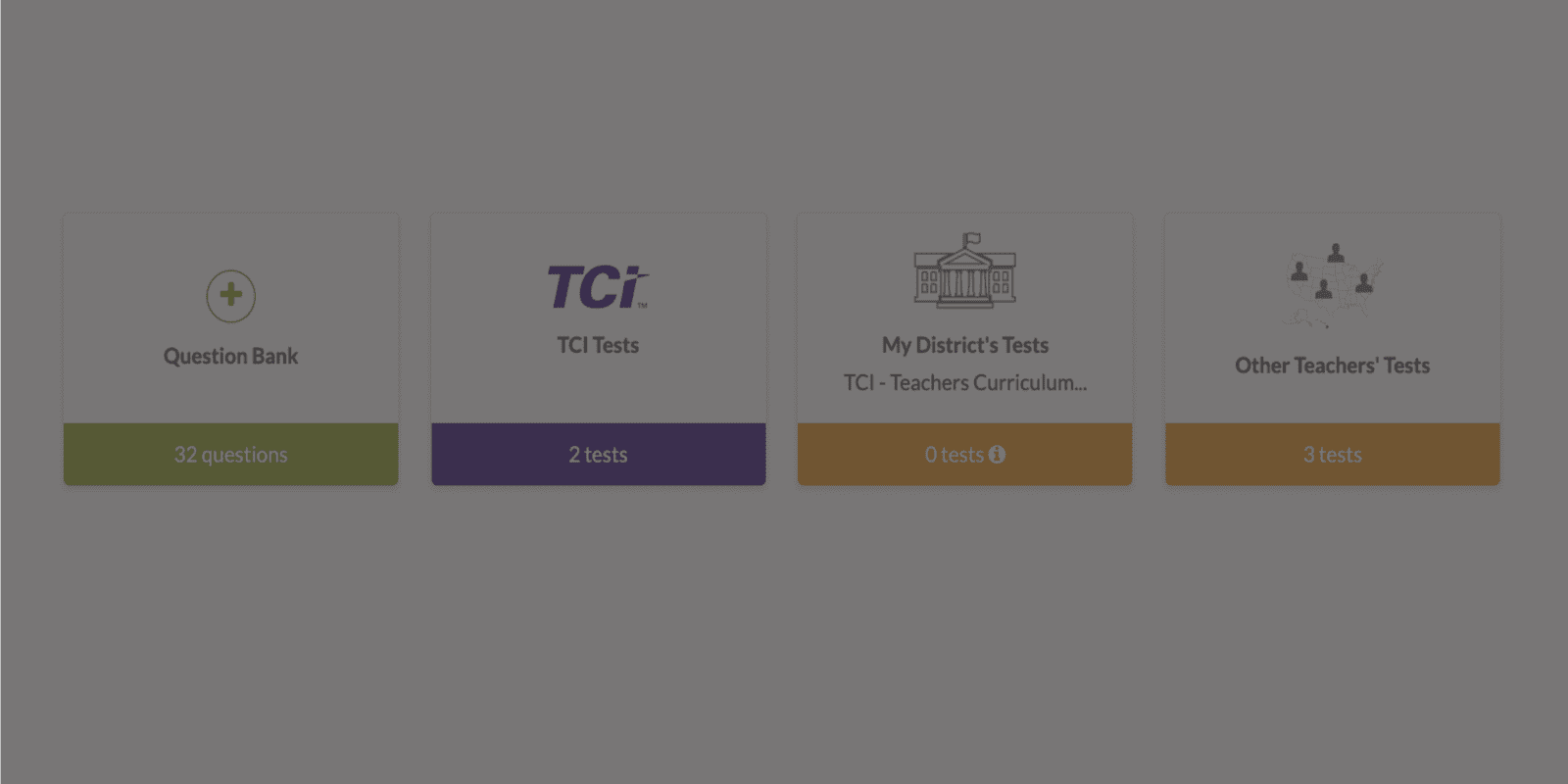
 Engineering
Engineering